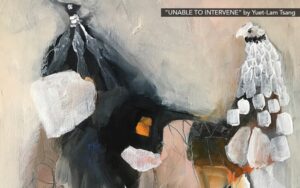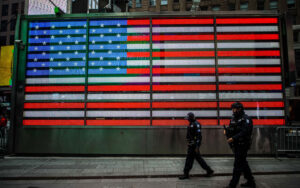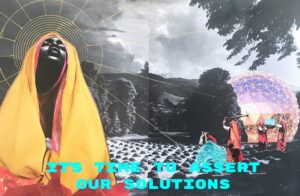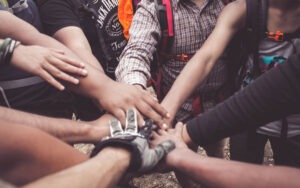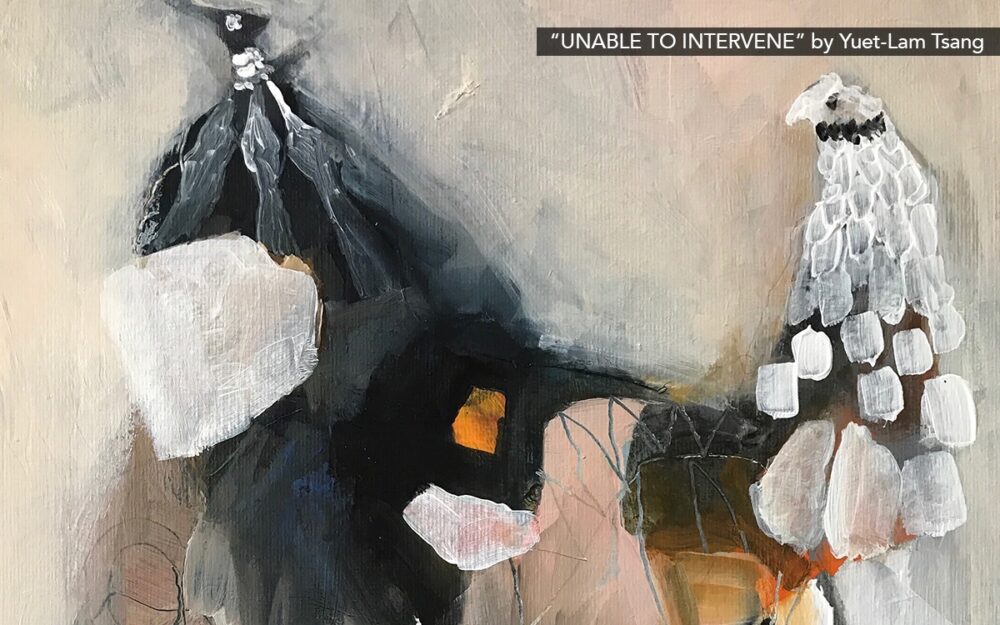September 21, 2016; The Atlantic
This Atlantic article addressing apartheid’s affect on South Africa’s new generation is similar to how the Black Power and Civil Rights eras haunt young African American activists today. These politically and protest savvy millennials use slogans to convince university administrators, public officials, politicians and other young people that fees must fall, history and culture should be respected, and that Black lives matter. They gather on campuses to strategize, using their parents’ and grandparents’ bags of political tricks to secure, fortify, and take to the next level promises made during post-apartheid, civil rights and Black power struggles.
Apartheid, beginning in 1948, the most racist policy in the history of the world, was the brainchild of descendants of Boer invaders, the Afrikaners. It created four separate, unequal, and extraordinarily expensive groupings: Whites, Coloureds/mixed race, Indian, and Bantu or Black residents. Each required separate funding streams for everything, including primary and post-secondary education. Today, “transformation,” the South African term for equalizing previously disadvantaged populations, has still not reached the majority of young people—similar to how African American millennials believe that in spite of President Obama’s personal achievement and a post-racial America, their American dream still remains unrealized.
In South Africa, as with the U.S., one result of transformation was increased attendance at colleges and universities previously unavailable. There were groundbreaking and history-making instances where South African and African American students made inroads at white institutions. As affirmative action expanded, African Americans became a more significant presence; South Africans transformed previously white institutions into majority Black ones. In both countries, they were expected to conform to the dominant culture, appreciate their great opportunity, and not make waves.
South Africa’s economic shortfalls, which some believe were fueled by corruption and mismanagement, resulted in raises in education fees. Students complained that racism prevented them from getting into schools, frustrating entry into an economy with too few jobs. The economy effectively excluded twenty percent of the population who were Indian, Coloured or Bantu.
Sign up for our free newsletters
Subscribe to NPQ's newsletters to have our top stories delivered directly to your inbox.
By signing up, you agree to our privacy policy and terms of use, and to receive messages from NPQ and our partners.
The so-called “born frees,” born free of apartheid yet facing inequities that should be in the past, believed they had nothing and everything to lose. Campus protests and protests at Parliament became the nationwide norm. Administrators threatened to close institutions or jail students, and demonstrations turned violent. Finally, with the help of the social media hashtag #FeesMustFall and the swelling size and coverage of protests, every major public university closed, and President Zuma made the unprecedented concession to freeze fee increases.
Here, it began with Skittles, a gun, and a hoodie—and a dead teenage boy named Trayvon Martin. The shooter was acquitted, and three black women—Alicia Garza, Patrisse Cullors, and Opal Tometi—protested, posting #BlackLivesMatter on social media. The movement only strengthened after the tragedies in Ferguson, Missouri and Michael Brown’s death.
According to Charlton McIlwain, co-author of the study “Beyond the Hashtags: #Ferguson, #BlackLivesMatter and the Online Struggle for Offline Justice,” the statement that Black lives matter draws on “a very simple principle and it’s not tied to any specific action. While it’s focused on police shooting, it doesn’t only incorporate that,” he said. “Something about it has broad resonance.” The members used this broad resonance to increase membership on campuses, attract a rainbow coalition, confront politicians, fine-tune their message, and turn their focus to campus-based issues that covered cultural, employment, historical, curriculum, and quality of school life concerns. Working with representatives of #BlackLivesMatter to organize protests or develop chapters, students successfully changed the Harvard Law School seal. At the University of Missouri, they forced a president to resign because of his lack of cultural competency; the football team’s refusal to play was a direct hit to ticket sales and alumni relations and fundraising.
Despite the end of apartheid, South Africa is plagued by racial and economic disparities. Critics cite Mandela’s unwillingness to negotiate more concessions, including land and cash settlements, as the source of today’s imbalances. Others disagree, pointing to Zimbabwe’s President Mugabe’s international vilification and loss of investments after he seized land and businesses from white residents. Prior to Mandela’s assuming office, South Africa had accumulated huge debt to finance the costly apartheid system. It needed to fund separate operations, and security to enforce them. When Mandela assumed office, he paid the debt using money earmarked for housing, education, and training initiatives. Others believe that Mandela was playing a strategic endgame but could not foresee the corruption that would hinder the fledgling government. The born frees believe they are doing nothing that student leaders of the pre-apartheid era, the Soweto student uprising, Stephen Biko and Nelson Mandela head of the ANC youth division at his arrest, wouldn’t do.
Many Americans believe that their country could benefit from a nationwide dialogue on race, racism, and a host of other issues to produce steps to move a change agenda forward. Many voters thought that President Obama, the first African American President, should have initiated and facilitated that dialogue. His staff knew his plate was full, based on the Republicans’ inauguration day utterance that their responsibility was to make him a one-term president. This year, for Black History Month, he convened a summit of black activists spanning the generations, including #BlackLivesMatter, at the White House. The goal was to increase understanding and create connections between seasoned and budding activists. This was the perfect opportunity for young African American activists to meet still living Civil Rights legends—an opportunity unfortunately no longer possible for the African born frees and some of their greatest youth leaders.—Mary Frances Mitchner




